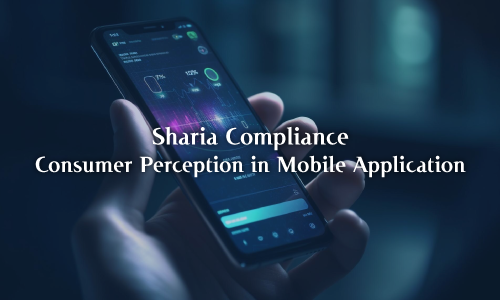
Summary: This article analyzes the wave of protests that spread across Indonesia since 25 August 2025 with a central question: have criminal acts by state agents occurred in the handling of demonstrations, and what institutional reforms are needed to guarantee accountability. Drawing on field reports, among them the expansion of protests to 32 of 38 provinces, the death of a motorcycle taxi rider struck by a police vehicle, the use of tear gas and rubber bullets around university campuses, and broad calls for independent investigations, the paper conceptually distinguishes lawful policing from potentially unlawful conduct. The analysis indicates that (1) primary triggers stem from accountability and justice concerns (legislative housing allowances, budget priorities); (2) escalation was accelerated by lethal incidents and contested crowd-control practices; while (3) macroeconomic conditions, slower growth but contained inflation, act as amplifiers of discontent rather than a single, sufficient explanation. The paper proposes a sequenced agenda for police reform and government policy: evidence transparency (body-cams/CCTV), revised rules of engagement, de-escalation training, stronger external oversight, candid public communication, and distributive policy adjustments attuned to fairness.
Introduction
Since late August 2025, Indonesia has experienced rapidly spreading demonstrations. The initial spark, a housing allowance for members of parliament, triggered moral discontent by clashing with everyday income realities. Tensions rose sharply following the death of a motorcycle taxi rider who was struck by a police vehicle at a protest site. In Bandung, the deployment of tear gas and rubber bullets near campus areas provoked strong criticism from academia and human rights groups. Government responses included security consolidation, mass arrests, and limited corrections to legislative privileges; yet escalation did not immediately subside.
In such a context, a sensitive but essential question arises: has law-enforcement conduct crossed into the realm of alleged criminality? To address this, the article offers an analytical framework that integrates the right to peaceful assembly, international principles on the use of force, and the accountability norms expected in a democratic order.
Conceptual Framework: From Lawful Enforcement to Criminal Allegation
In a state governed by…

















